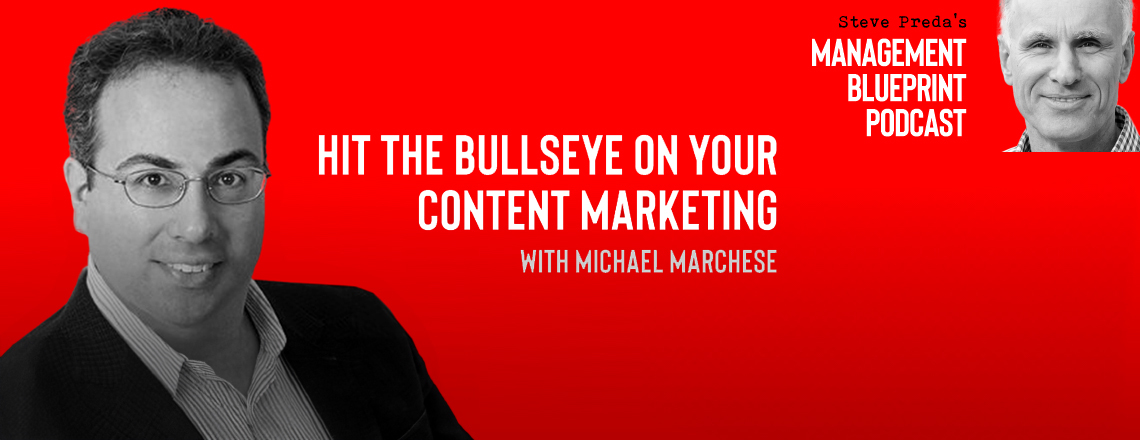Here’s how to Identify your next marketing black swan risk before it hits your company.
The news was filled last week with stories of bank failures, including that of Silicon Valley Bank. Faced with having insufficient funds to meet upcoming payrolls, the CEOs of many companies with now-unavailable deposits at these banks have likely had a sleep-deprived roller-coaster of a weekend.
Imagine waking up on a Friday morning to have your CFO or controller tell you that nearly all your ready cash has vanished. How would you feel?
Having gone through a similar rapid collapse over 20 years ago during the dot-com bust, I can tell you the experience is right up there with back surgery! At the time, I headed up marketing for a B2B supply chain and procurement software company. Like most companies, we were trying to grow as fast as possible to secure the best valuation for our upcoming capital raise.
I will never forget it. We received a $30 million term sheet on a $300 million pre-money valuation the week before the NASDAQ peaked. We all had dollar signs in our eyes and dreams of an upcoming IPO in a couple of years.
Instead, the very next week, the NASDAQ began to crash and with it went our term sheet. Over about 10 days, I went from planning to double my 20+ employee marketing team to trying to determine which 15 or 16 individuals I would lay off immediately. Six months later, we ran out of cash and closed the company. Not fun!
History does not repeat, but it sure does rhyme.
The mental scars of such events stay with you throughout your career. It’s one of the reasons Tempesta Media avoided being affected by the recent bank closings. Early on, we diversified our debt and capital sources. In short, we bucked the norm and so never went deep in the red relative to our revenue.
Over the next few months, everyone will discuss treasury management. What was once just an afterthought will be talked about at length. While everyone is rightly focused on this topic, they should also be aware that the next black-swan event–marketing channel concentration risk–is fast approaching.

What is marketing channel concentration risk?
As the term implies, marketing channel concentration risk becomes a problem when firms rely too heavily on a small number of customer acquisition channels to maintain and grow their customer base.
Why should you be concerned about this risk? Because customer acquisition channels suffer extinction-level events during major recessions.
What is a customer acquisition channel extinction event?
Many small and mid-sized businesses operating at the time of the 2008 recession saw their marketing programs go through a massive upheaval. Before the recession, tested, reliable and consistent channels like magazine advertising, newspaper coupon inserts and direct mail were the marketing mainstays of hundreds of thousands of businesses. Several years later, many of these channels declined significantly or disappeared altogether. Numerous businesses that overrelied on the channels failed as buyer behavior shifted materially.
More recently, way too many firms went out of business during the COVID-related two-plus-year event-marketing hiatus because they couldn’t adapt quickly to the new marketing environment.
Despite these examples, here we are in 2023 after the worst banking scare in years, and businesses still haven’t learned the marketing channel concentration risk lesson.

Marketing channel concentration risk puts millions of businesses at risk for disruption.
I cannot tell you how many companies I talk to whose business relies wholly on one or two customer acquisition channels.
No customer acquisition marketing channel remains static from one year to the next. Competitive dynamics, new technology, changing prospective buyer behavior and many other factors cause individual channels to change, often becoming more or less effective than the year before.
Yet, more firms than you would believe cling to one or two channels, optimizing at the edges, exposing themselves to disruption should a major recession hit.
How do you know if your company’s marketing channels are too concentrated?
In an ideal world, no one channel should represent more than 20% of your firm’s total customer acquisition volume. Translation: Make sure you have at least five different customer acquisition channels for your business. Anything less puts you at risk for trouble.
Getting to a diversified customer acquisition channel mix.
If your company has fewer than five customer acquisition channels or any one customer acquisition channel represents more than 20% to 25% of your new revenue, you have a problem.
To fix this, your marketing department should be testing new customer acquisition channels continually. Such testing is not a one-off thing, that is, it should be an ongoing function within your marketing department. You should test new options at least once each quarter. We also advise our clients to allocate 20% of their entire customer acquisition budgets expressly for testing new marketing channel testing.
When is marketing concentration risk an emergency?
If your company has any one channel representing more than 50% of your overall new revenue, you have an emergency on your hands, especially given that the US economy appears to be teetering on the edge of recession.
Whatever your circumstances, you must make channel diversification a strategic corporate priority and allocate the resources needed to resolve or prevent marketing concentration risk.

What channels should I test?
While every business has unique target customers, for B2B businesses that use digital marketing for direct (e-commerce) or indirect (lead generation) customer acquisition, we suggest Tempesta Media’s Bullesye Effect™, which takes a targeted approach to test new digital marketing channels. Starting with the highest ROI areas–content and SEO marketing–the methodology gradually expands into new channels that increase distribution but may have lower ROIs. However, when CMOs deploy these channels as part of a portfolio approach to customer acquisition, they can maximize distribution and channel diversity with a blended ROI target.
My marketing department is generalist and small. How can we master new channels quickly?
Many B2B companies have cut marketing staffing over the years, leaving themselves with a skeleton crew. While the crew members may be excellent experts regarding their companies and superb project managers, they might also be generalists in marketing knowledge.
Efforts to build internal channel-specific expertise most often prove futile because customer acquisition channels change so rapidly.
Consequently, an increasing number of B2B businesses, especially mid-market and enterprise companies, outsource the testing and execution of specific digital marketing channels. Such outsourcing has become increasingly attractive with the emergence of digital marketing-managed service providers.
What’s the difference between an advertising/marketing agency and a digital marketing-managed service provider?
In essence, a marketing agency brings human expertise to the table. They have experts on staff who know how to launch, optimize and scale new marketing channels.
Digital marketing-managed service providers take the agency model to the next level. They bring sophisticated marketing technology, deep analytics and industry-specific and human expertise together as one bundled solution. This saves businesses significant money and can drive better results. More importantly, these providers can get new channels in marketing quickly, allowing you to diversify faster.
Be ready for the next black-swan event today.
Like many businesses affected by this weekend’s banking disruption, you don’t want to be blindsided by a customer acquisition channel suddenly drying up. Take proactive measures now to strengthen and diversify your marketing. It may save you from having a harrowing “all-hands-on-deck” weekend sometime in the future.










